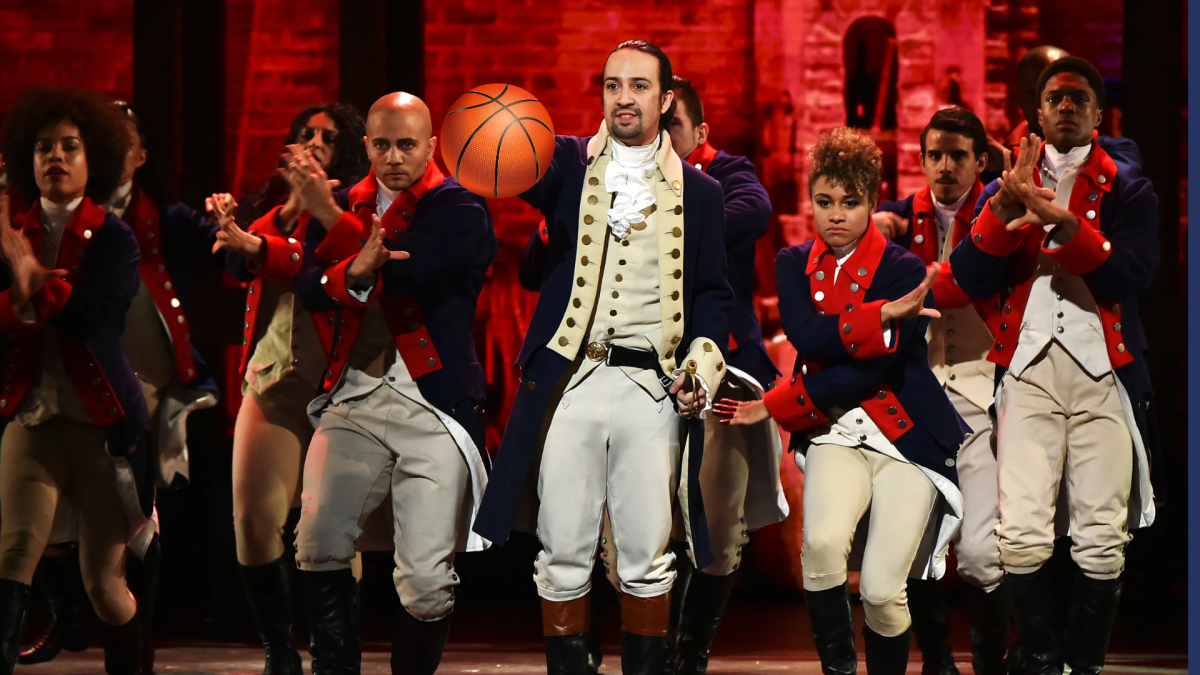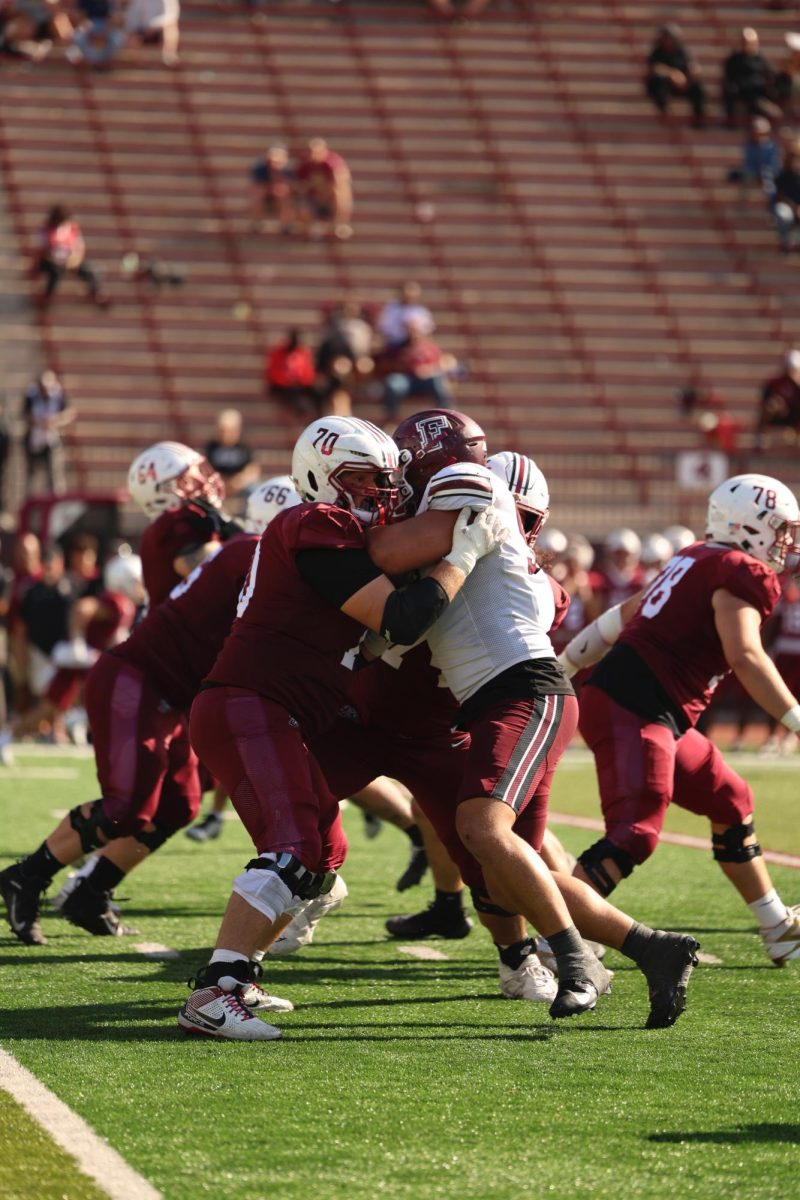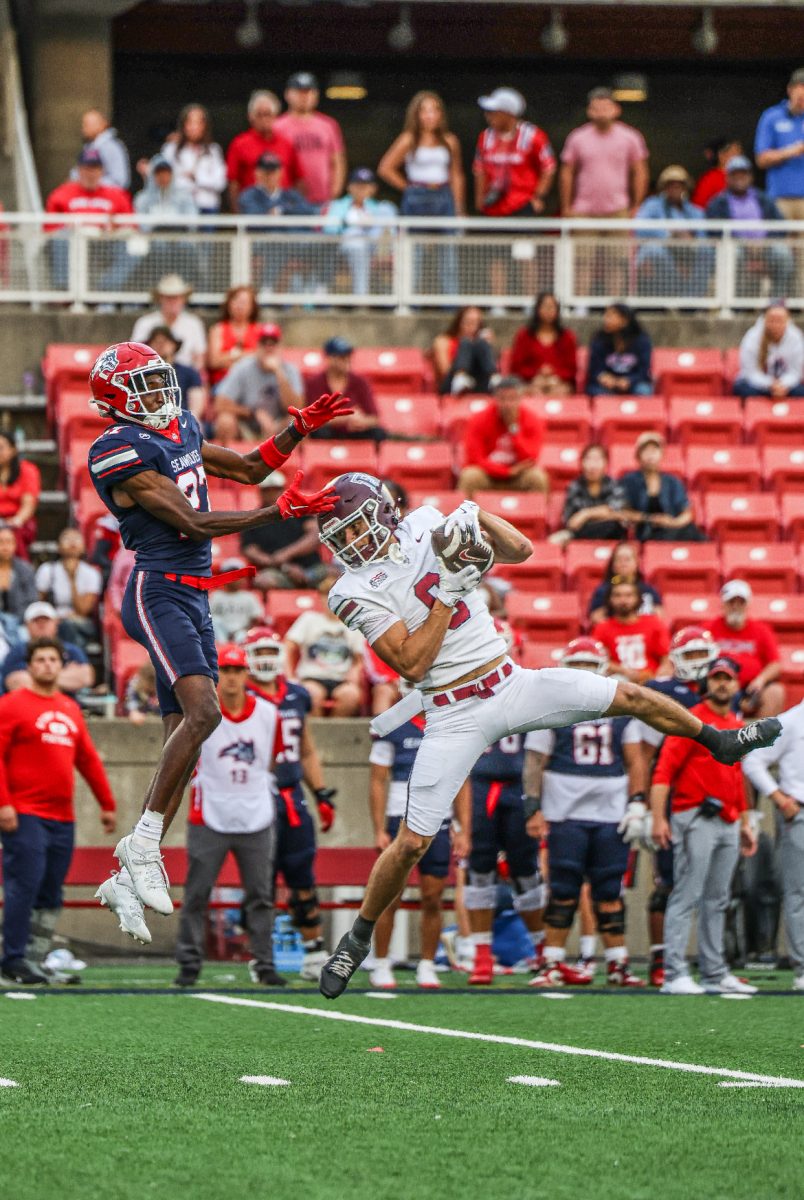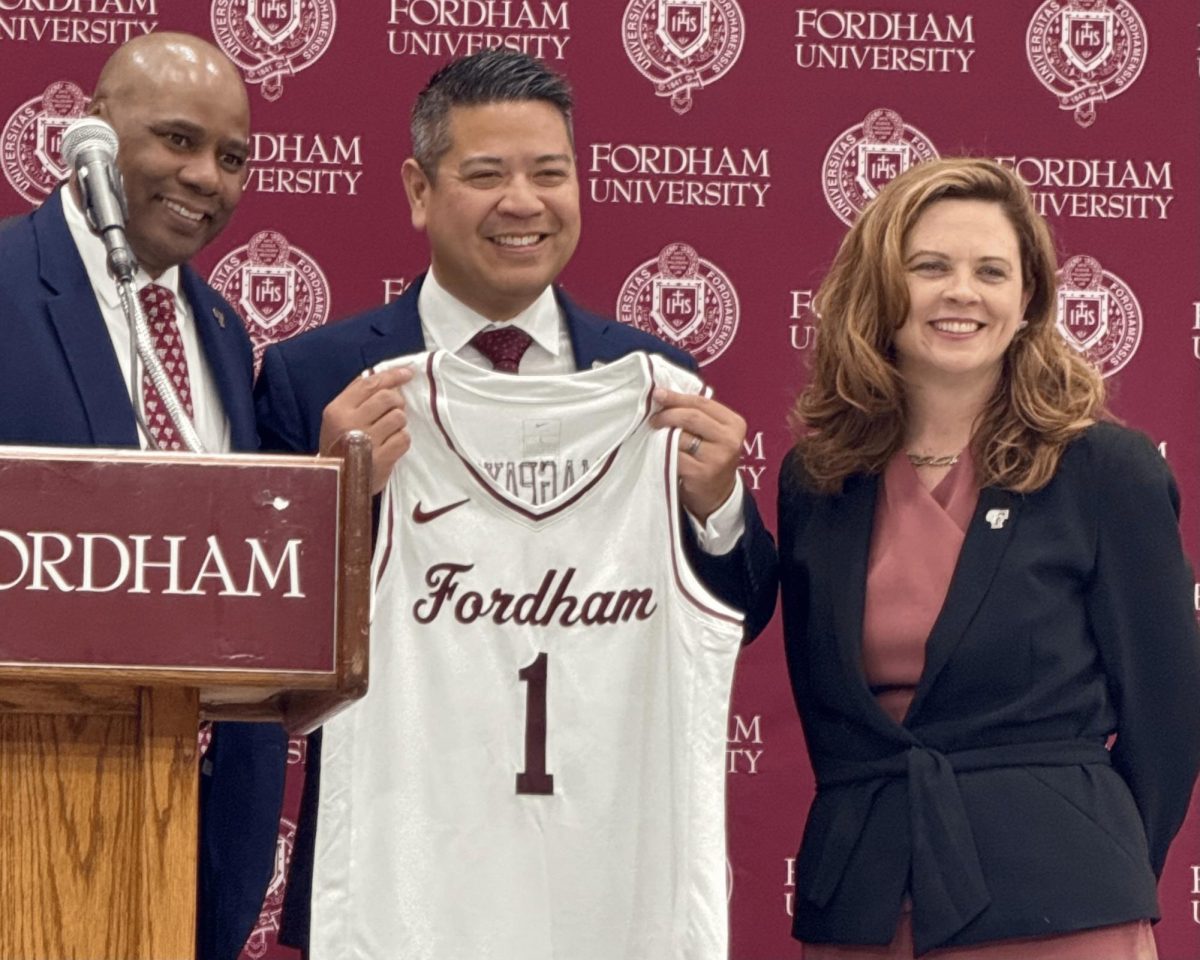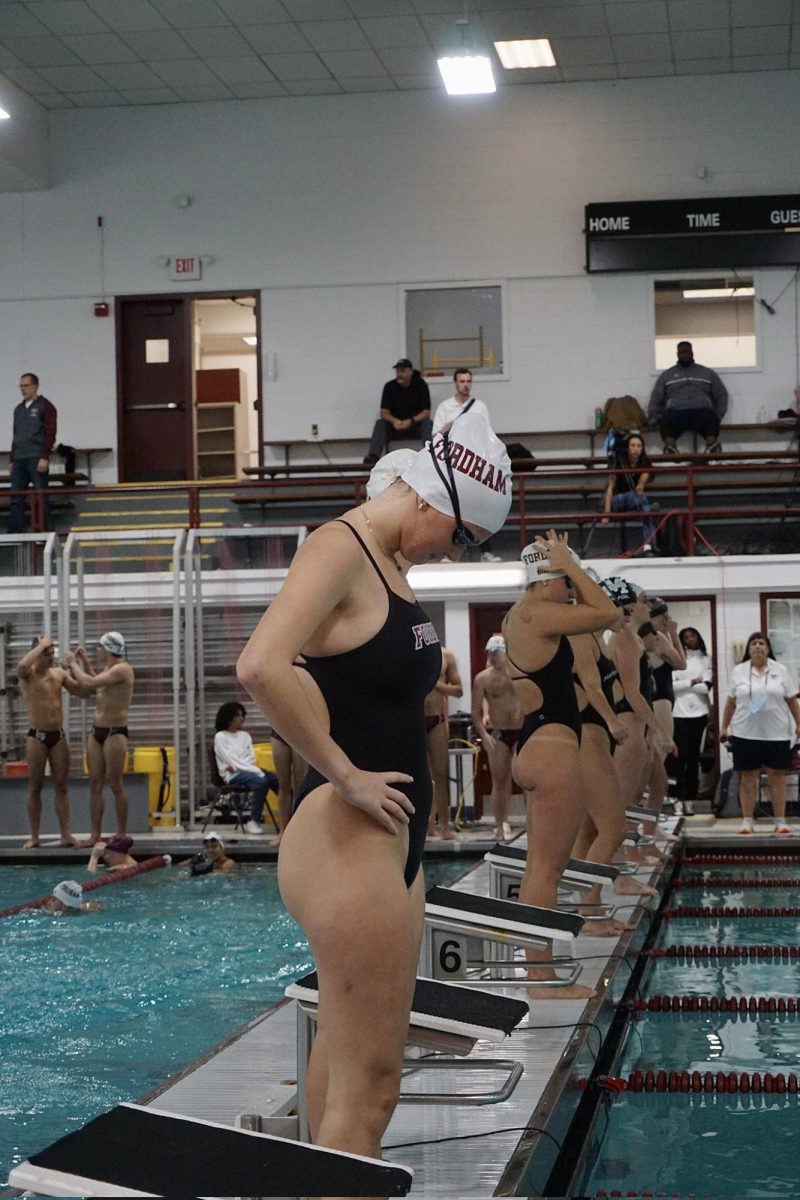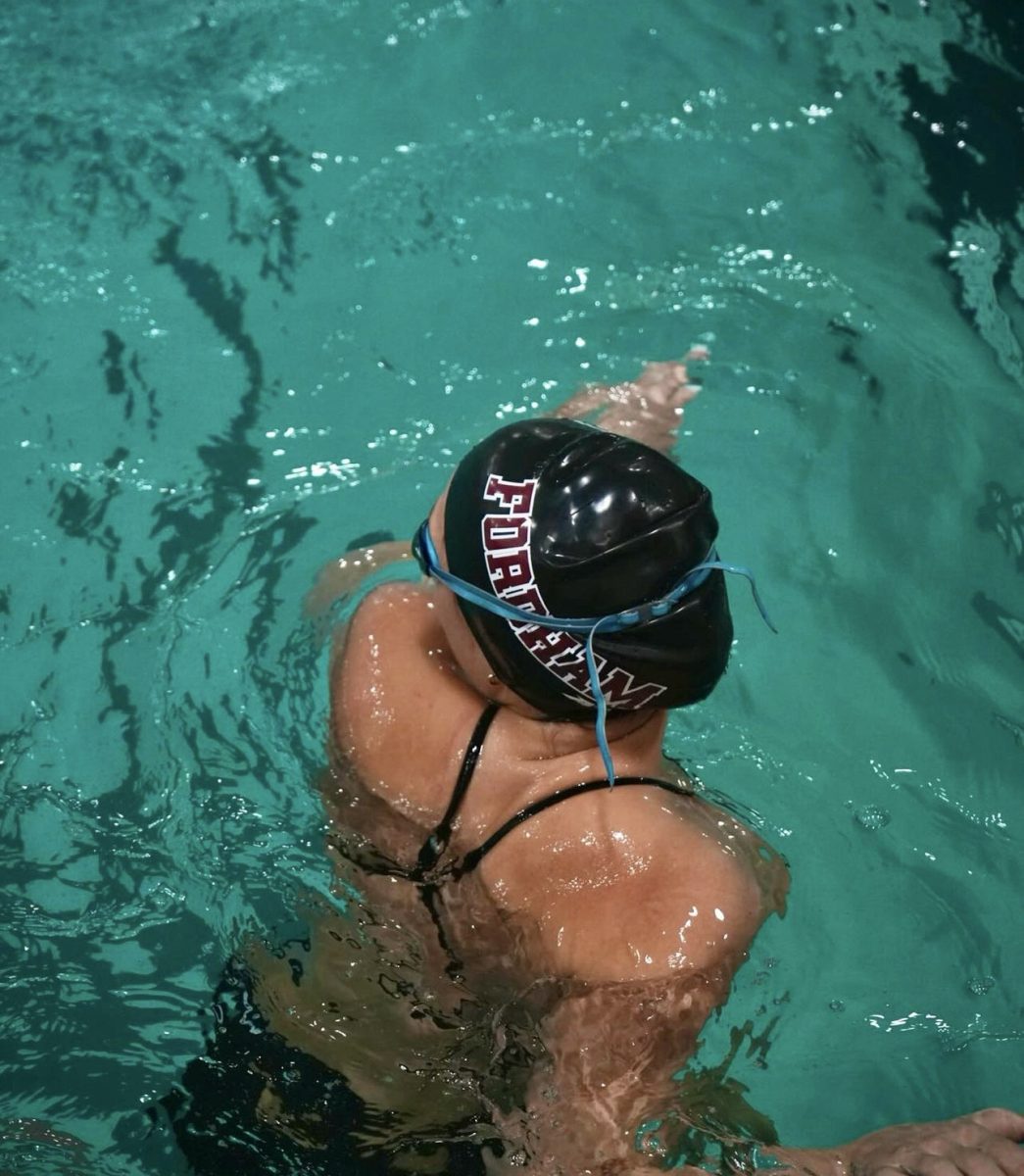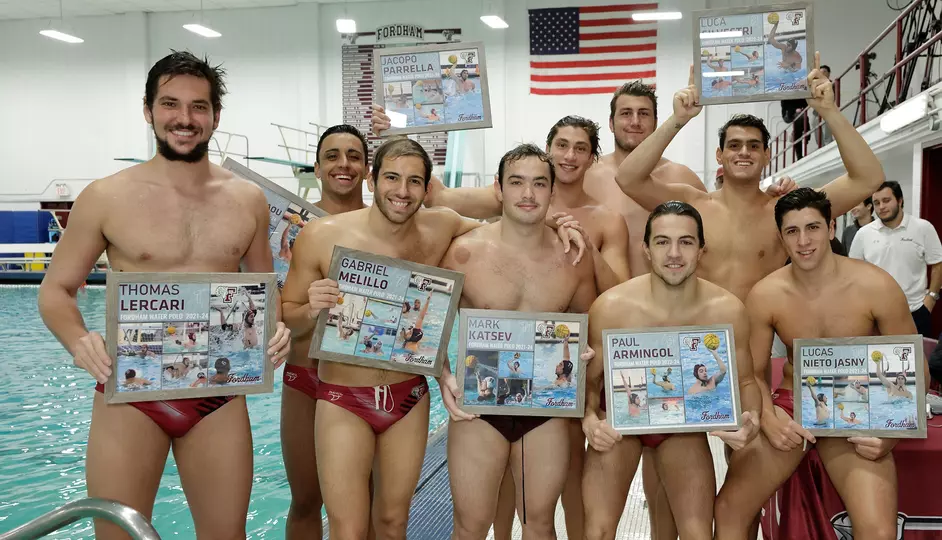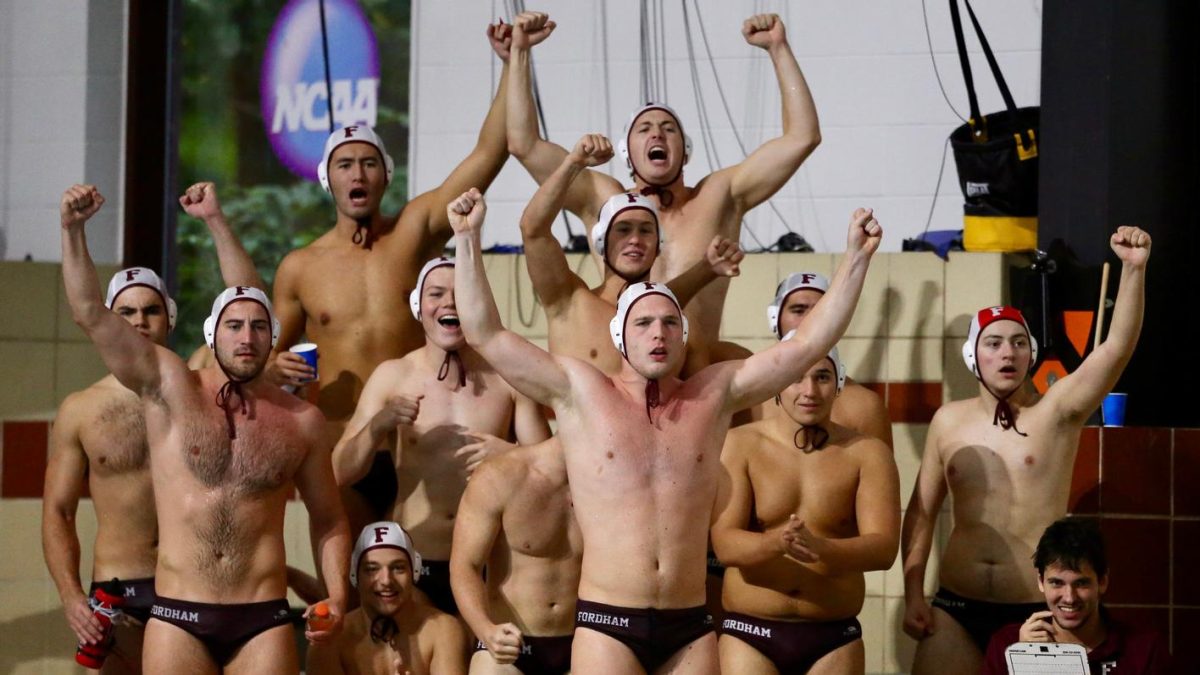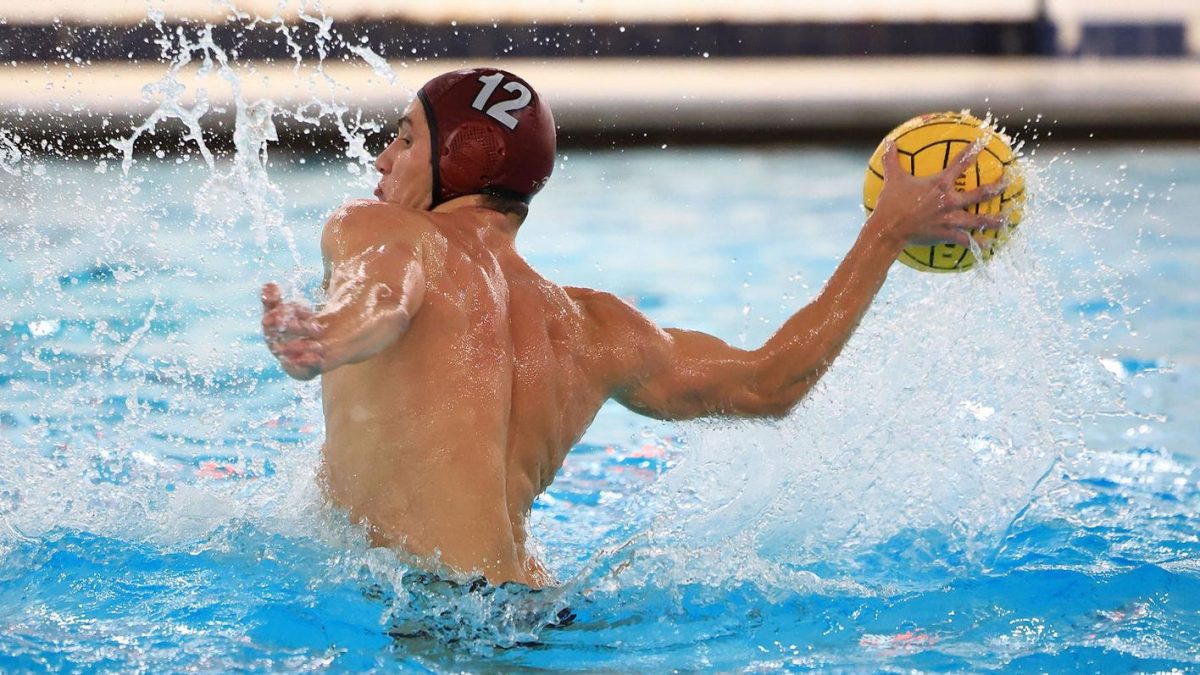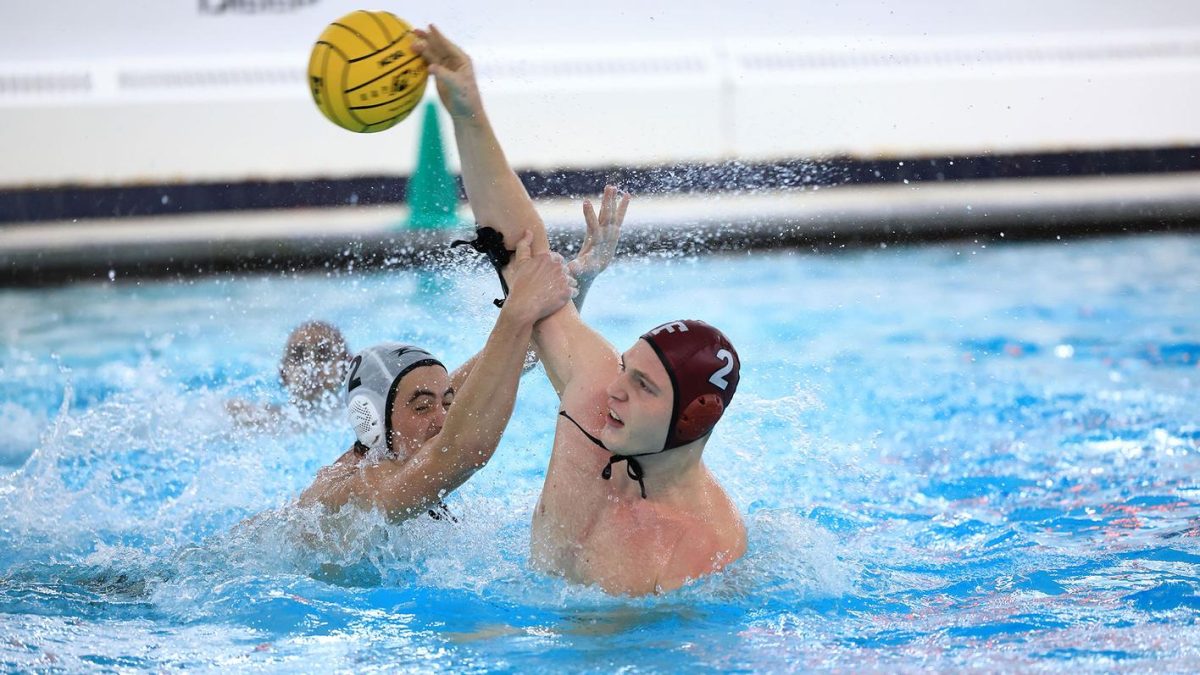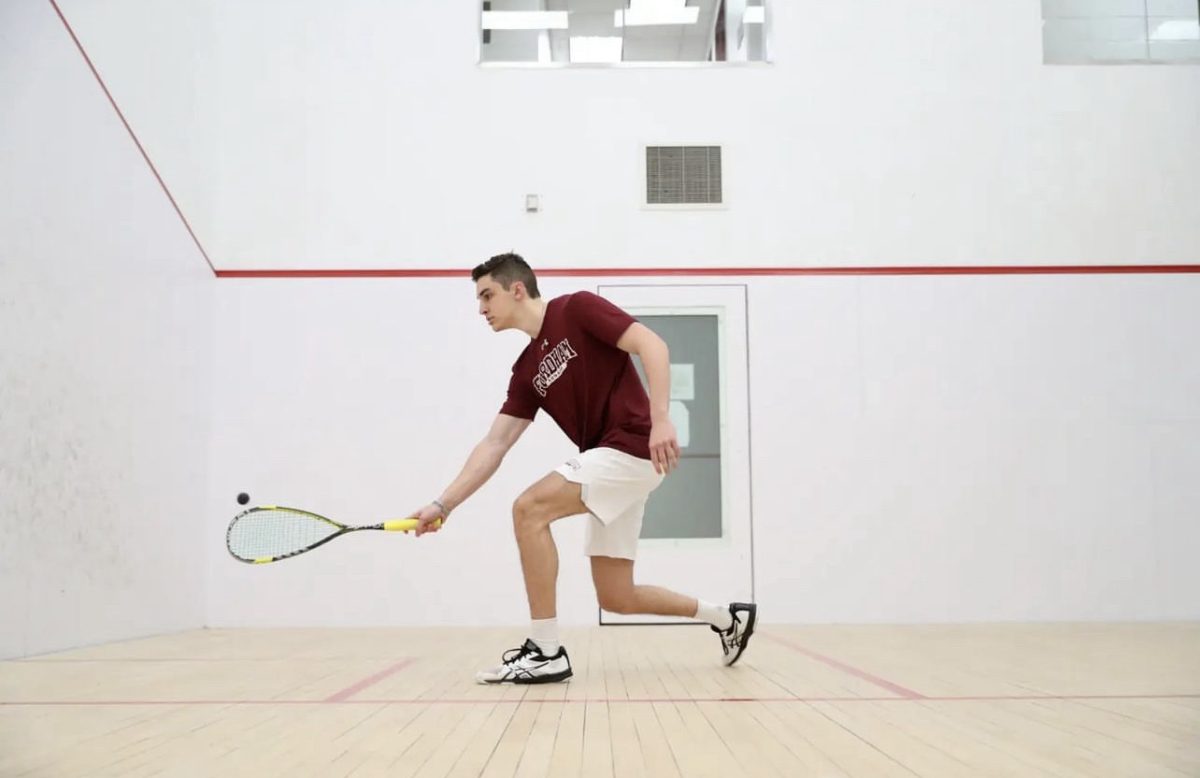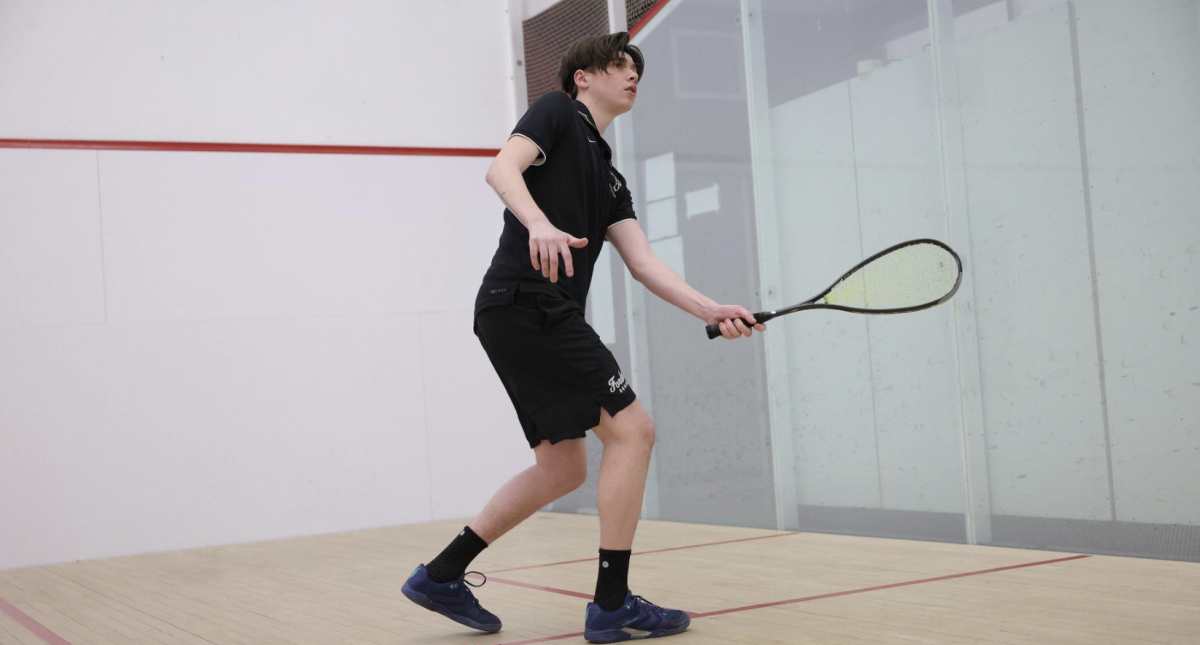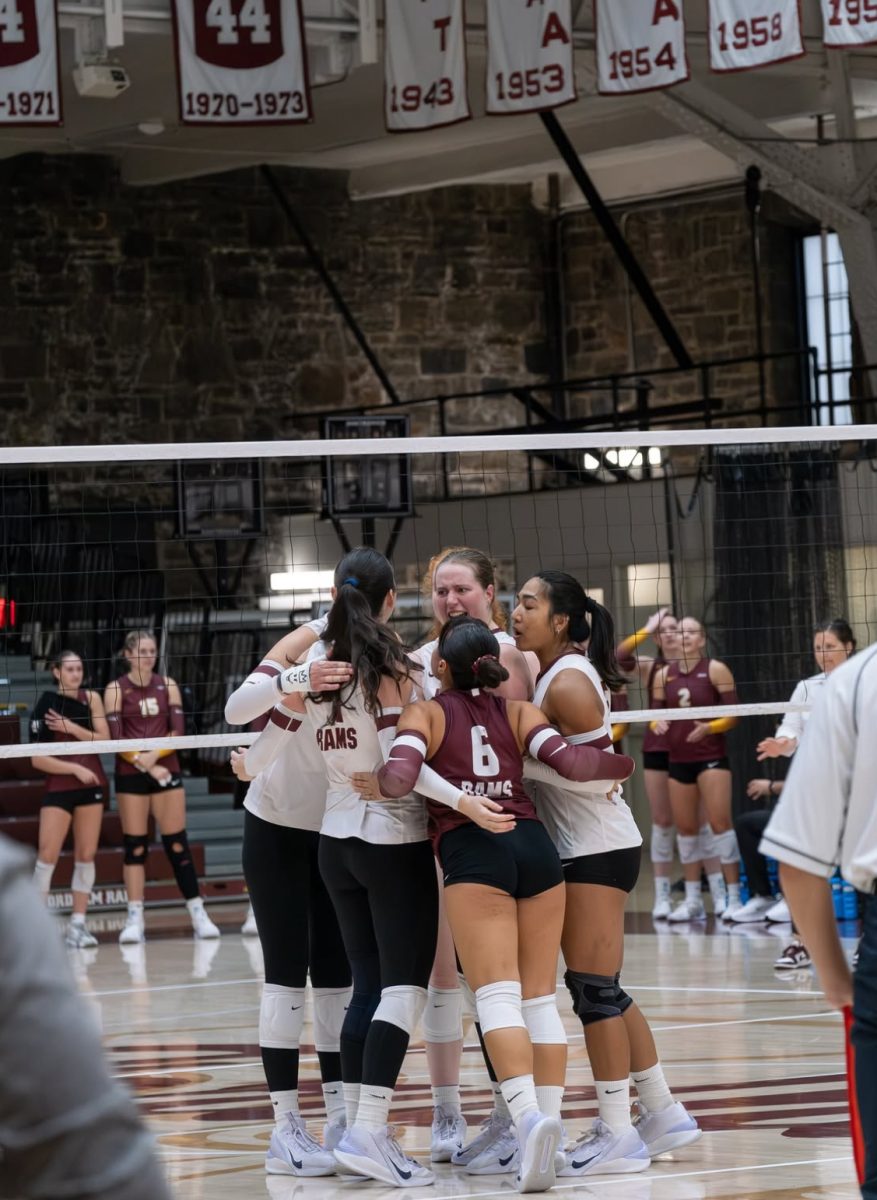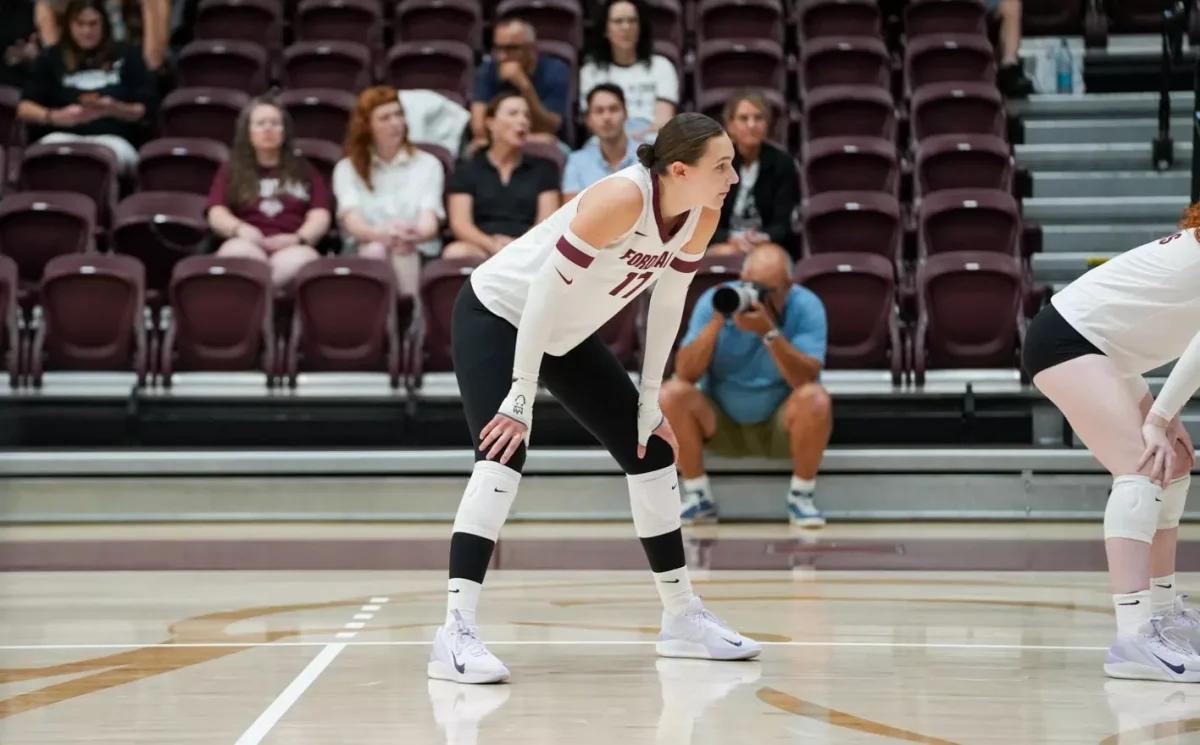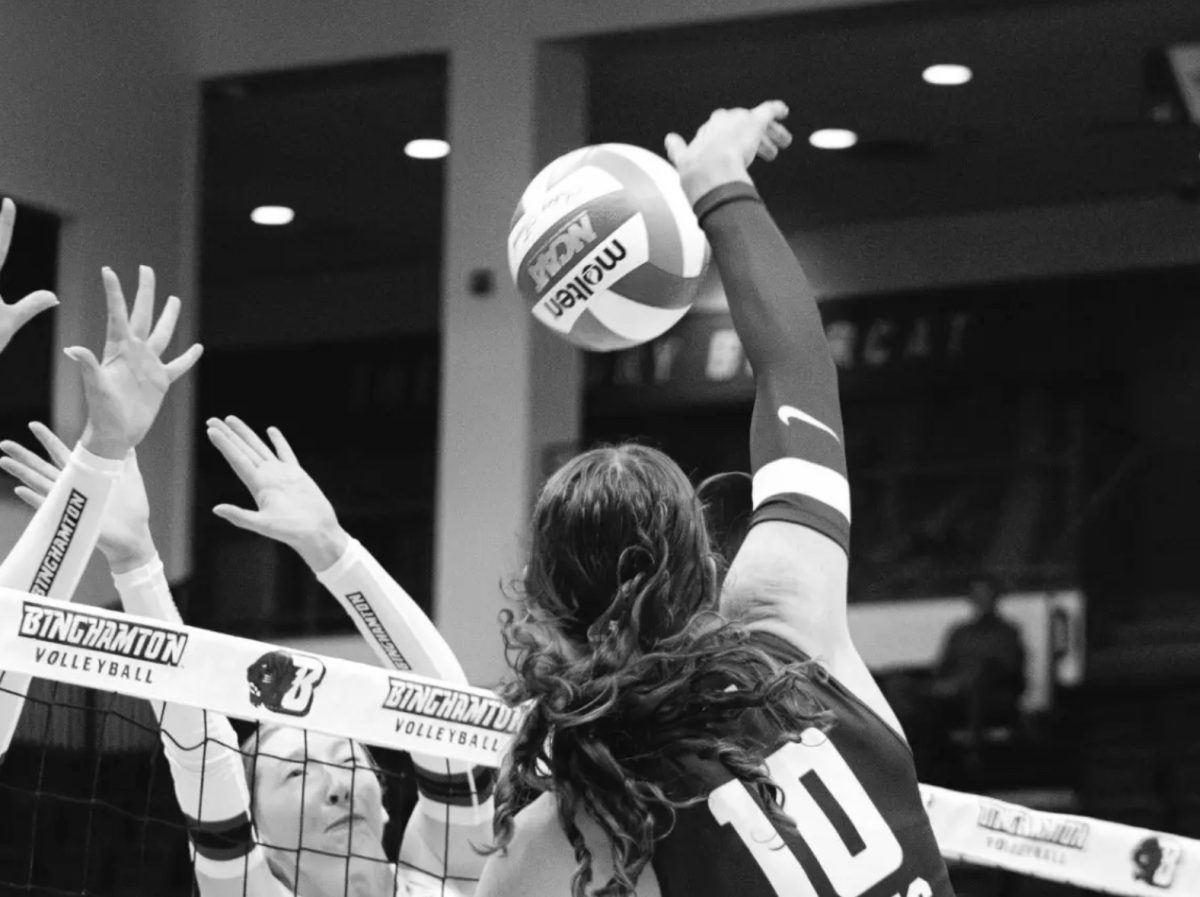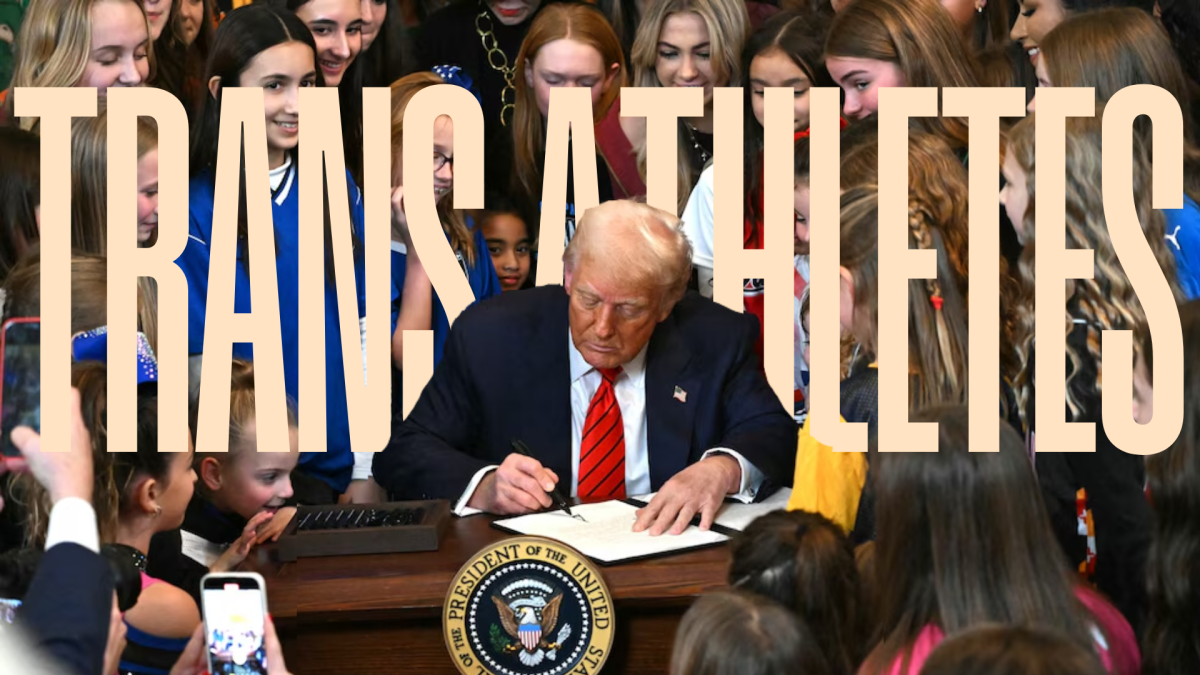The NCAA’s recent decision to ban transgender women from competing in female sports following President Donald Trump’s executive order on gender ideology, marks a shift in the ongoing debate over fairness and inclusion in athletics, especially in women’s sports. This executive order, which went into effect immediately, prohibits transgender women from participating in female sports at all levels, including recreational, high school and college. It also grants the Department of Education authority to investigate institutions’ compliance with Title IX. This move comes after years of advocacy from female athletes such as Riley Gaines, who have argued that transgender inclusion in women’s sports compromises fairness.
As a female student-athlete at Fordham University, I believe that all athletes, including transgender individuals, deserve the opportunity to compete in sports. I support efforts to find a fair and inclusive solution that allows transgender athletes to participate without compromising the integrity and safety of women’s sports. However, the current system places female athletes at a disadvantage, both in terms of competition and physical safety.
The reality is that trans women can be strong enough to create safety concerns for their teammates. In softball, split-second reactions determine whether a player makes a play or suffers an injury. The average college-aged female softball player hits a ball 65 to 73 miles per hour, while the average college-aged male baseball player hits a baseball at 95 to 100 miles per hour. While infielders are positioned less than 60 feet away from the batter and pitchers just 43 feet away, reaction times range from 0.350 to 0.420 seconds. If a baseball player were to compete in softball, the reaction time would shrink to as little as 0.270 seconds, increasing the risk of serious injury for the infielders and pitchers.
Softballs are anything but soft. They can break bones, cause concussions, and cause serious injuries. I have experienced this first hand with several concussions and bruised bones. While all athletes accept a level of risk when they step onto the field, they do so with the understanding that they are competing against others with similar physical capabilities. The issue is not just about risk but fairness and the fundamental nature of competition. If biological differences create an uneven playing field that increases the likelihood of injury, then the integrity of the sport and the safety of its athletes is compromised.
Even with hormone therapy, some studies suggest that transgender women retain physiological advantages in strength. According to one study, after a year of hormone therapy, transgender women still maintain a physical advantage over cisgender women on average. Additional studies demonstrate that the long-term benefits of testosterone exposure, such as muscle memory and skeletal structure, persist despite hormone therapy. This concern has led to calls for policies that ensure a level playing field for female athletes. Advocates for transgender athletes’ inclusion in competitive sports argue that NCAA policies already account for hormonal and physiological differences by requiring transgender women to undergo testosterone suppression for at least a year before competing. However, since studies have demonstrated that transgender women remain physically advantaged, these policies are inadequate.
The issue of comfort for female student-athletes is also significant. For some athletes, particularly survivors of sexual assault, entering a locker room and unexpectedly seeing a transgender woman changing alongside them could trigger traumatic flashbacks. While reports of such cases are limited, former NCAA swimmer Paula Scanlan has spoken publicly about her experience sharing a locker room with Lia Thomas, describing it as deeply distressing. In an interview with the New York Post, Scanlan said she experienced nightmares and anxiety after being required to change alongside Thomas without prior notice or consent. Similarly, swimmer Riley Gaines has described the experience as traumatic, emphasizing how the lack of transparency left her and her teammates feeling exposed and uncomfortable. In response to concerns raised by female athletes, NCAA President Charlie Baker suggested that those uncomfortable should use alternative facilities, effectively placing the burden on women to adjust rather than addressing their concerns directly. This is blatantly anti-feminist — the NCAA is forcing women assigned female at birth to make concessions for transgender women. Furthermore, the University of Pennsylvania Division I swim team nominated Lia Thomas for NCAA Woman of the Year. Now, because of the recent NCAA ruling, transgender women will be prevented from taking hard-earned placements and awards away from women assigned female at birth.
Personally, I would be extremely uncomfortable changing next to a transgender woman, even if they were my teammate. I would feel violated because I take pride in being a woman, especially in being a woman athlete, and the locker room is meant to be a safe space. That sense of security would be stripped away if I were expected to undress in front of someone who was assigned male at birth, regardless of their gender identity. The locker room is meant to be a private and comfortable space, yet if a policy mandated that I share it with a transgender woman, I would feel disregarded and degraded as a female athlete. Instead of prioritizing the voices and concerns of women, the NCAA dismissed these issues for years, expecting those who feel uncomfortable to simply deal with it.
At Fordham University, a Jesuit and Catholic institution, the issue of transgender participation in sports is particularly complex. Jesuit values emphasize social justice, care for the marginalized and the dignity of all individuals. Fordham’s mission statement reflects this commitment, stating that the university “fosters the intellectual, moral, and religious development of its students and prepares them for leadership in a global society.” This raises an important ethical question: Should Fordham support the NCAA’s new policy and, by extension, Trump’s executive order, or should it take a stand in favor of inclusion and equity for transgender students?
I believe a solution that prioritizes fairness and ensures transgender athletes have a place in competitive sports is for the NCAA to establish distinct divisions for transgender athletes’ sports. This approach would allow all athletes to compete, while maintaining the integrity of women’s sports and ensuring that female athletes are not placed at a disadvantage. This solution would address the ethical concerns behind the ban while preventing unfair advantages from overshadowing female athletes’ efforts and sacrifices. Additionally, it maintains exclusive spaces for women, where they can feel safe and supported in their athletic environments. If inclusivity is truly the goal, then finding a solution that respects all athletes without forcing women to sacrifice their comfort should be the priority. Fairness, above all, must remain at the center of this conversation.
Sydney Wells, FCRH ’25, is a member of the Fordham University softball team from Selah, Wash.






































































































